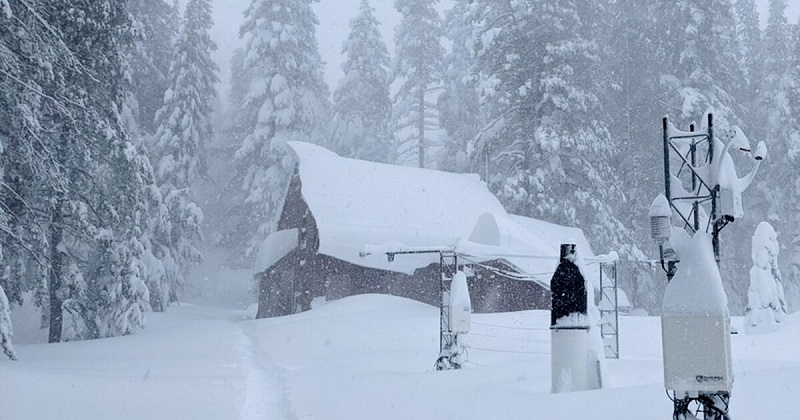
According to reports from India, China has begun to deploy armed robotic vehicles to handle the altitude and terrain that have proven too challenging for its troops. On Sept. 10, 2020, China and India clashed in a border dispute along the southern shore of Pangong Lake in an area known as Shenpaoshan in China and Chushul in India. However, the armies continued to stand off along the two nations’ borders throughout 2021. Unmanned ground vehicles (UGV) have reportedly been deployed in Tibet by China to bolster its position.
As of 2014, the People’s Liberation Army (PLA) had acquired both vehicles, dubbed Sharp Claw and Mule 200. However, they had not been deployed much until now. WION News reported that the Chinese military has deployed 120-300 mules in Tibet, most of them near the border. Operators can control the Claw wirelessly, but it can also move on its own, according to National Interest. Mules can be used either as unmanned delivery trucks or with weapons attached, such as mounted guns.

Around 88 PLA Sharp Claws have been deployed into Tibet, with 38 of them near where the Indian and Chinese militaries maintain a standoff, Times Now News reported. The region where the vehicles may have been deployed is described as exceedingly arid, remote, and largely inhospitable. Several trade routes cross the desert in this area. VP-22 mine-resistant ambush-protected vehicles, which can be used to move troops through difficult terrain or as ambulances, have also been deployed by the PLA. According to reports, most of the 70 units in Tibet are also located in the western sector.
Since almost a decade, Human Rights Watch, Amnesty International, and Harvard Law School’s International Human Rights Clinic have urged governments to halt the development of war robots. The Mule is a vehicle developed by Zhong Tian Zhu Kong Technology Holdings, which has a range of roughly 31 miles (50 km) and can carry up to 440 pounds (200 kg) of supplies and ammunition. Sharp Claw is a reconnaissance-and-limited engagement weapon developed by the Chinese defense company NORINCO (China North Industries Corporation). Army Recognition reported the operator uses a small control unit to operate the vehicle.

Post Your Comments